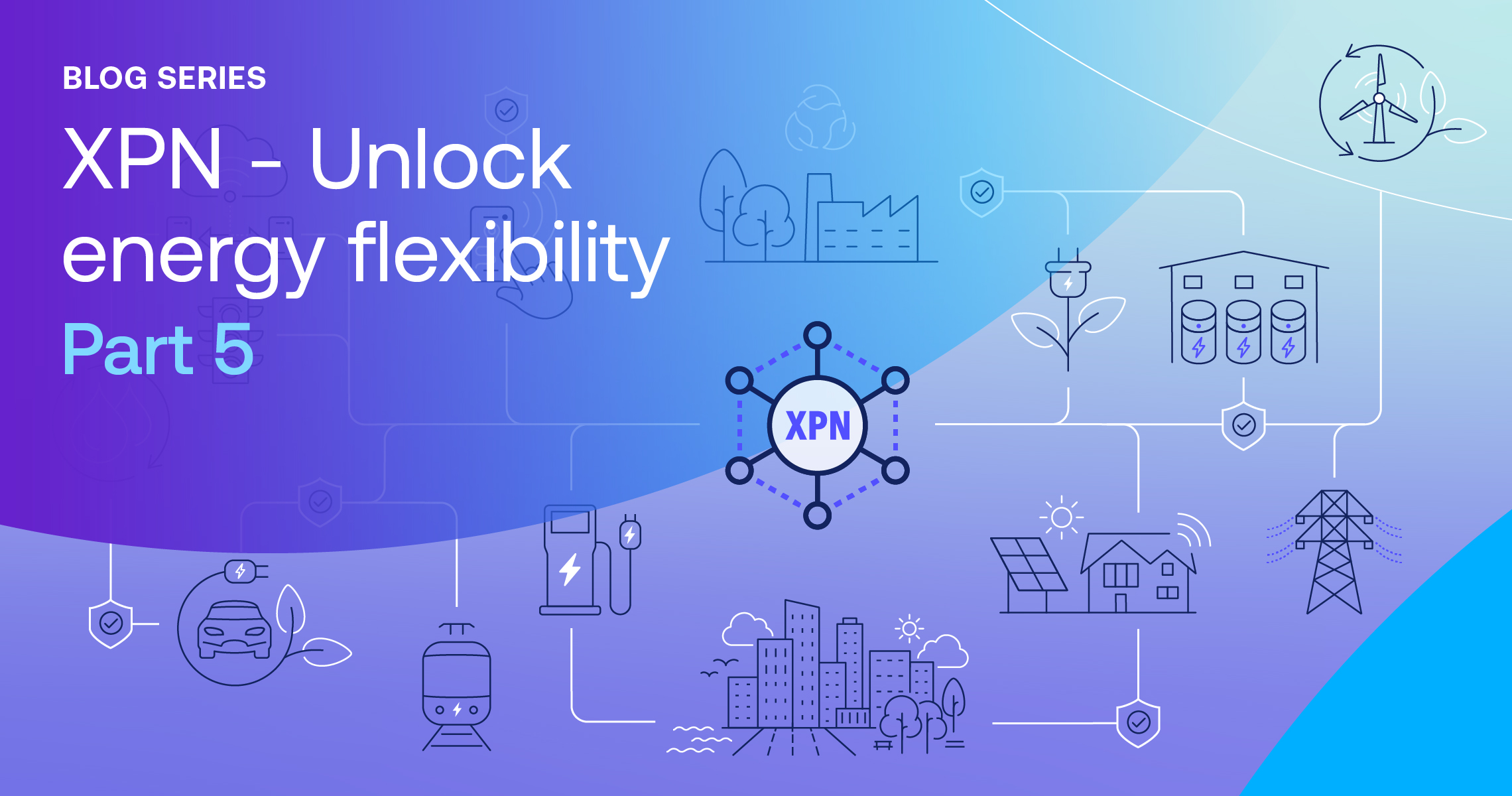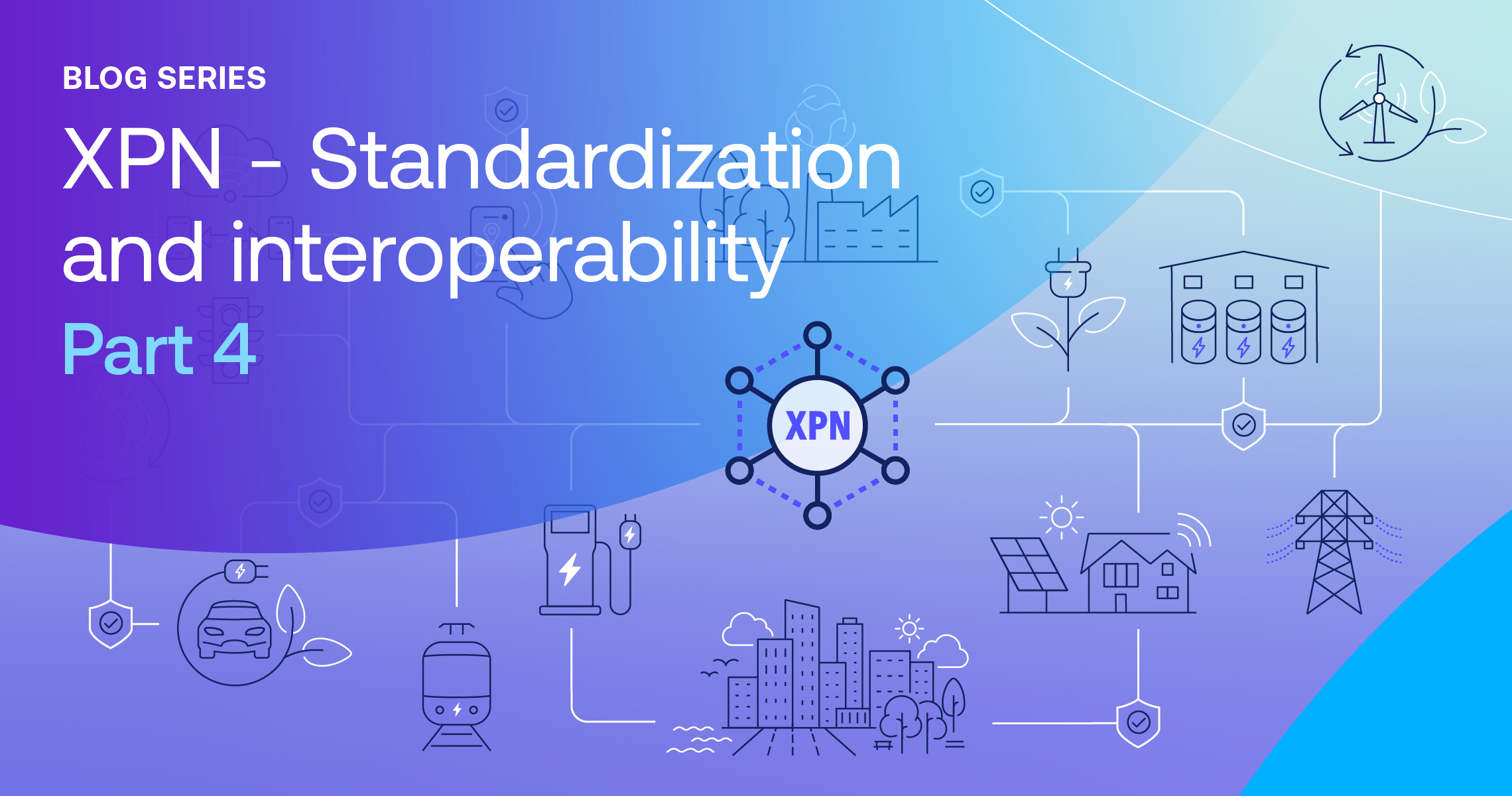- Organizations that make data-driven decisions have higher productivity levels and more growth than their competitors.
- Lack of clear data governance and quality control can cause data swamps to form, making data difficult for organizations to sort through.
- The Intertrust Platform can mitigate many of the problems posed by data swamps, allowing organizations to maximize their data’s value.
- Intertrust Platform also reduces organizational risk by ensuring data collaboration and analysis takes place in secure containers.
Data is a hugely valuable asset that gives organizations insight into their day-to-day business operations. The global value of data is in excess of $3 trillion, and organizations that make data-driven decisions have higher productivity levels and more growth than their competitors. Another great advantage is that most data is “free,” as the organization itself produces it. This also means that there is a clear correlation between the investment made in data processes and the value that’s delivered for the organization.
Data storage is one of the major obstacles that prevents companies from extracting the full value from their data. This is a foundational issue that affects data processing. It is generally more difficult, more time-consuming, and more expensive to analyze unstructured data that arrives in multiple formats or without informative metadata.
Data swamps make it more difficult for data scientists to mine valuable insights, negating data’s benefits and costing the organization money. But what is a data swamp, and why is it so bad for an organization’s data operations?
What is a data swamp?
A data swamp is when a confused and haphazard approach to data storage creates a large, opaque pool of data that’s difficult to navigate. As its name suggests, a data swamp is not a good environment to work in. A data swamp slows down data analysis, preventing full utilization of collected data. As a result, the organization continues to pay for storage and analysis without any returns.
There are several features of a data swamp that contribute to this incapacitating effect on data processes, such as:
- Lack of curation: In a typical organization, data scientists have to sort through a tangled mess of disparate formats and systems to perform analysis. However, if the data is properly curated, it becomes easier to navigate. It’s like a well-run library where books have a clear ordering system.
- Lack of data limits: An increased potential for data collection means that departments will collect whatever they can, hoping that it will give them an edge over competitors. While this is a good idea in theory, if the underlying system is already a data swamp, this just exacerbates the problem. With more data continuously flowing in from various data sources, the swamp will grow in size and complexity without ever becoming functional.
- No labeling of data: Collected data can be clearly understood by a user when it’s created but is unlikely to be so obvious months or years later. While the label “Monthly Advertising” may make sense in April 2017, it will be forgotten or ignored in 2021. Adding detailed metatags, such as Q1, April, 2017, digital ad spend, and the names of current project leads will allow future data analysts to easily locate and collate the data they need without having to search through files.
- No quality control: When it comes to usability and value, not all data is created equal. This could be because of the data’s age, or its overall core function within the organization. Without quality control systems in place, irrelevant data will be kept, and a data swamp will form.
- Lack of clear data governance: In terms of security and regulatory compliance, organizations need to lower risk by enforcing strict policies on who has access to data and how they can use it. This is difficult in a data swamp environment, because there is no clear indication of what the data is or where the rules should be applied.
Data swamp vs. data lake: what’s the difference?
In many ways, a data lake and a data swamp are identical. They are both very large reservoirs holding unstructured and structured data in native formats. However, in contrast to a data swamp, a data lake is clear and more visible to those searching and analyzing it. Data lakes have clear data governance policies that prevent them from becoming swamps by ensuring all ingested data is properly labeled and curated. Data lakes are also cleaned regularly to prevent a build-up of unwanted, unusable, or duplicate data, which means that organizations can perform analysis and queries much faster.
In essence, the major difference between a data swamp and a data lake is that the latter is an organized space with clear rules on what data can enter, how it should be organized when it is ingested, who can use it, and when it should be removed. This complete oversight over data throughout its lifecycle means that organizations can maximize data’s value, and storage and analysis costs can be kept under control.
Overcoming the issues of data swamps and data lakes
The ideal data function is a fully curated data lake that allows almost immediate analysis and ingests only perfectly ordered, structured data. This is rarely the case, though, and an effective data function no longer has to look like this. By creating a virtualized data layer that sits on top of the data wherever it resides, analysis can be performed without the data ever leaving its location.
This means that any data, whether in a data swamp or a data lake, structured or unstructured, and in whatever format, can be brought together quickly for specific analysis queries. The Intertrust Platform performs precisely this role, negating many of the problems posed by data swamps. Intertrust Platform also reduces organizational risk by ensuring collaboration and analysis takes place in secure containers with fine-grained governance policies, improving compliance and security.
To find out more about how Intertrust Platform is helping organizations harness the full value of their data, wherever it’s stored, you can read more here or get in touch with our team.
About Abhishek Prabhakar
Abhishek Prabhakar is a Senior Manager ( Marketing Strategy and Product Planning ) at Intertrust Technologies Corporation, and is primarily involved in the global product marketing and planning function for The Intertrust Platform. He has extensive experience in the field of new age enterprise transformation technologies and is actively involved in market research and strategic partnerships in the field.




